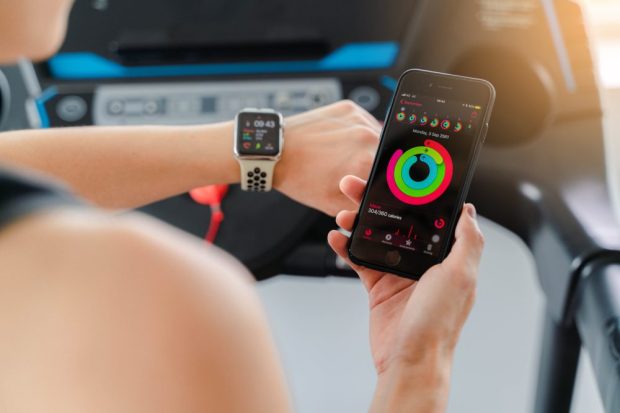Big Tech, Retail Healthcare Ambitions Make Inroads With Millennials

Healthcare may be among the sectors most primed for a digital makeover.
As the pandemic recedes, some things linger: We’re used to getting more done online, from checking in for doctors’ appointments through apps to scheduling telehealth appointments to getting prescription refill requests sent via text to paying online, too, of course.
And yet, healthcare remains fertile ground for tech-driven improvement, as paper invoices are still commonplace, and services are still fragmented: Providers may not be fully linked with hospitals, charts may be paper-based and a continuum of care becomes hard to cobble together.
But as found in the report “The “ConnectedEconomy™ Monthly Report: The Evolving Digital Daily Edition,” the levels of engagement across 10 pillars of interaction, from banking to “having fun,” has been on the upswing.
Our research finds that consumers are using digital tools 15% more than last year. That heightened digital engagement does include healthcare. Using apps and hardware — the watches, etc., that track fitness and relay critical health-related data to consumers (and can do so for providers, too) — is decidedly a younger person’s game.
What Millennials Want
We found that more than 60% of millennials and Gen Z consumers used connected, wearable technology at least once per month. More than a quarter of that population reported wearing their devices daily. Just 12% of baby boomers and seniors say the same.
While 62% of millennials used a website or app to interact with health providers, just 30% of their Boomer and senior counterparts did.
Millennials engage in 42 digital activities each month, with 12 of those activities performed daily.
The stats are positive signs for the Big Tech and Big Retail firms making efforts to bring healthcare more fully into the digital age. As separate PYMNTS research has shown, a significant percentage of consumers — 50% of those who live in urban settings and more than 40% who live in rural areas — are interested in using a unified healthcare platform. Broadly speaking, those platforms are particular and provide users with detailed information about their health insurance benefits. The platforms also let them manage interactions with providers, health insurers and healthcare accounts.
Again, millennials are on the cutting edge here, as about two-thirds of this cohort say they are “extremely” interested in using those platforms.
Apple’s health efforts might be among the most visible marriages of health care and connected devices.
As reported last year, More than 150 varieties of health data from Apple Watch, iPhone and connected third-party apps and devices can be stored in the Apple Health app, the company said this past summer.
Amazon, of course, has been busy leveraging its network effect in healthcare. As reported here, the company said it is offering Prime members discounted prescription drugs. In terms of the mechanics, the company’s RxPass provides patients that use the Amazon Pharmacy access to generic medications for $5 per month, delivered to their homes at no cost. And last year, the company bought One Medical for $3.9 billion, giving it access to a service that provides in-person, digital and virtual care services.
Walmart, as we reported earlier this month, has been opening Walmart Health locations adjacent to its Walmart Supercenters. The company also bought virtual health provider MeMD in 2021 and began offering over-the-counter hearing aid sales last fall.
Separately, in a nod to how retail is getting deeper into healthcare, Dollar General has been opening mobile health clinics, with services provided by DocGo On-Demand (offering virtual and in-person visits).
As providers and patients come together at the store or online, the wearables and apps — the platforms, too — are the channels through which tech-savvy younger consumers will get the care they need when needed.

